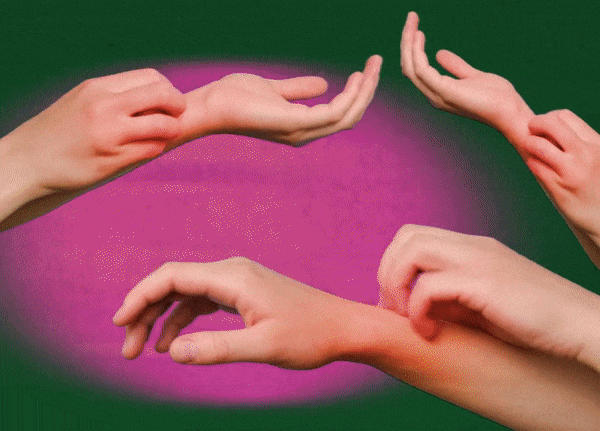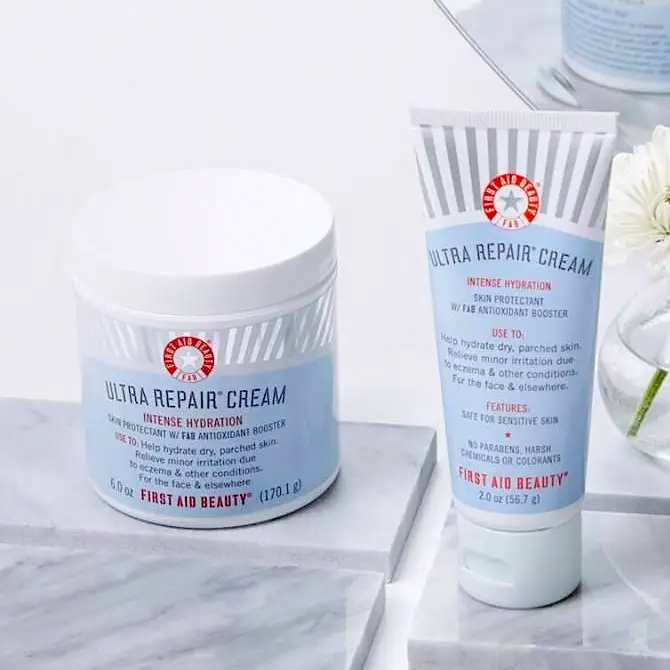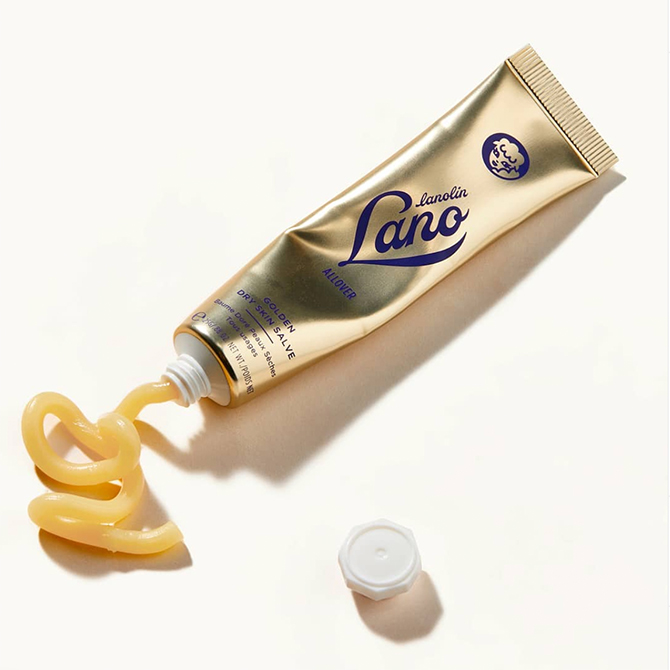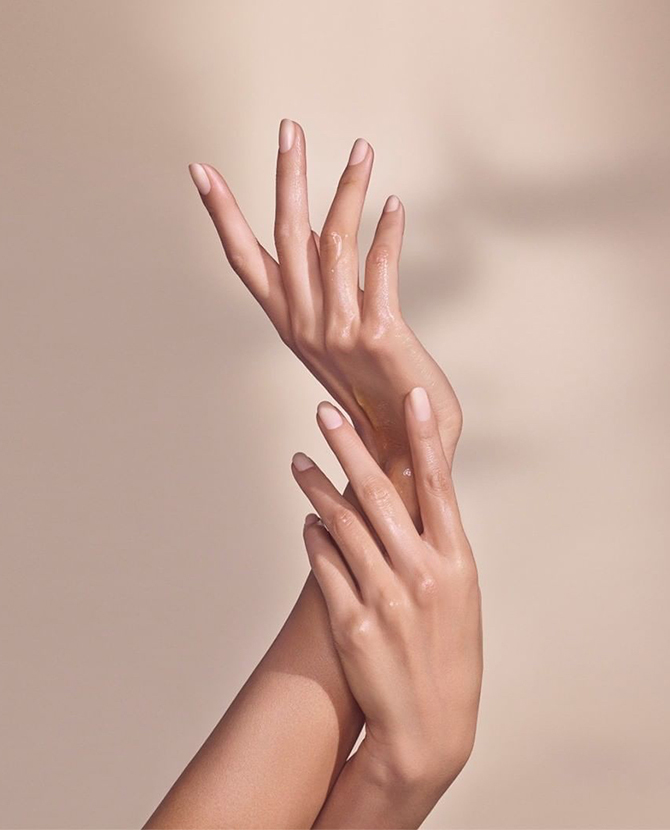For those dealing with a skin condition like eczema, the humid weather is even trickier as high temperatures irritate already itchy skin. Sometimes thought of as a childhood condition—“you’ll grow out of it,” the doctors cry—eczema often sticks around much longer with estimates suggesting it affects about 20 percent of the population here in Malaysia, with approximately 90 percent of sufferers developing the condition before the age of five. Now, with COVID-induced hand washing at an all-time high, people are suffering even more, so we asked the experts about the best ways to deal with it.
Firstly, what is it?
“Eczema is actually a group of skin conditions which cause dry, itchy and inflamed skin,” consultant dermatologist Dr Thivi Maruthappu describes. The most common type is atopic eczema, confusingly also called atopic dermatitis. It takes various forms but normally can be identified by the delightful combination of red and itchy skin. While it ‘flares up’ all over the body, it is most notable on the hands, the insides of the elbows and backs of the knees, as well as on eyelids and around the nose and mouth.

Why does it occur?
Sadly, it’s not a straightforward answer with the majority of life-long sufferers simply pulling the genetic short straw. According to experts, it’s sometimes due to a genetic mutation which impacts one of the skin’s proteins called Filaggrin. “If you have less Filaggrin, you’re more prone to water loss out of the skin,” consultant dermatologist Dr Anjali Mahto explains. In addition to genetics, environmental factors and allergies can play a part too.
What can I do?
If you can work out what triggers your skin (for example, a particular skincare ingredient), avoiding the offending item is the first port of call. Dairy is often positioned as eczema’s arch nemesis but giving up cow’s milk isn’t always the solution as eczema is what Dr Mahto describes as “a multifactorial skin condition.” “People with eczema do have higher rates of allergies but I am not a fan of cutting out big food groups for skin conditions,” she says.
For most sufferers it’s near impossible to get to the bottom of it. Protecting the skin barrier is therefore the cardinal rule here and you must take a two-pronged approach. Firstly, moisturise. Occlusives or emollients are the buzzwords you’re looking for when shopping for skincare as these prevent water loss and keep the skin as happy and hydrated as possible, therefore reducing the chance of outbreaks.
Secondly, avoid irritating ingredients like alcohol, perfume and foaming formulas (especially SLS) that can comprise the delicate skin barrier. Instead stick to simple skincare that’s advertised as fragrance-free and hypoallergenic.
“Also be aware that ‘natural’ products aren’t always better for eczema-prone skin, as some contain fragrance, and essential oils which can trigger allergies,” Dr Maruthappu says. Remember to reassess your whole routine: think hair products, makeup and even laundry powder.



When should I see a doctor?
If you’ve stripped the irritating ingredients from your life and are slathering on moisturiser with no avail, it’s time to try a prescription steroid cream.
These work by reducing inflammation and tightening the blood vessels close to the skin surface to bring down redness. Steroid creams don’t always get a good rep (they can potentially thin the skin if used long-term and sometimes cause reactions) but Dr Mahto points out that when used in “short sharp bursts” (ideally one week at a time) they are totally safe and very effective.
Dr Mahto’s top tip? Apply the prescription steroid cream and your moisturiser at least twenty minutes apart so they can both work to the best of their ability. In more severe cases, you may be referred to a dermatologist. “We can use Phototherapy (UVB light treatment) or tablets which work to reduce the inflammation that drives eczema,” Dr Maruthappu notes.
But I can’t stop scratching?
Much like a maddening mosquito bite, the mental battle to stop scratching is one of the hardest parts of dealing with eczema. It’s a vicious cycle: the more you itch, the itchier it gets, the more you stress, the more you itch (bangs head against wall). Bar tying your hands together, filing down your nails or getting acrylics can reduce the impact but Dr Mahto advocates trying to find a method to reduce your anxiety to combat the stress-scratch cycle.
“Find something that works for you whether that’s help from a therapist or distraction techniques like meditation or yoga,” she recommends.
My journey with eczema by Elizabeth Bennett
“From the childhood camping trip ruined when my eczema got infected (cue a weeping rash on my upper body) to the ‘romantic’ weekend-away with a former boyfriend tainted by a head to toe flare up, eczema and I have a tumultuous relationship. While aesthetically it can be confidence-kicking, the most physically discomforting side effects appear on my arms, neck and face. There’s the dreaded scratching and then feeling like a shrivelled-up snake as you shed layers of dead skin. In the words of Alan Partridge: ‘This morning my pillow looked like a flapjack.’ While over the years I’ve definitely learnt what makes my skin worse (stress and alcohol: two things that are hard to avoid), sometimes there is seemingly no rhyme or reason.”
For someone with eczema prone skin looking to keep breakouts at bay, Dr Maruthappu recommends the “soak and seal” approach to lock in as much moisture as possible. She suggests using warm water (very hot water can be irritating) and a soap-free emollient wash (CeraVe Hydrating Cleanser for the face or Aveeno Daily Moisturizing Body Wash for the body) followed by a rich moisturiser (CeraVe moisturising cream for the face or Eucerin 10% Urea Body Lotion Dry Skin Relief for the body).
Read our deputy editor’s take on eczema here.
The story was first published on BURO London. Minor edits have been made.
| SHARE THE STORY | |
| Explore More |




